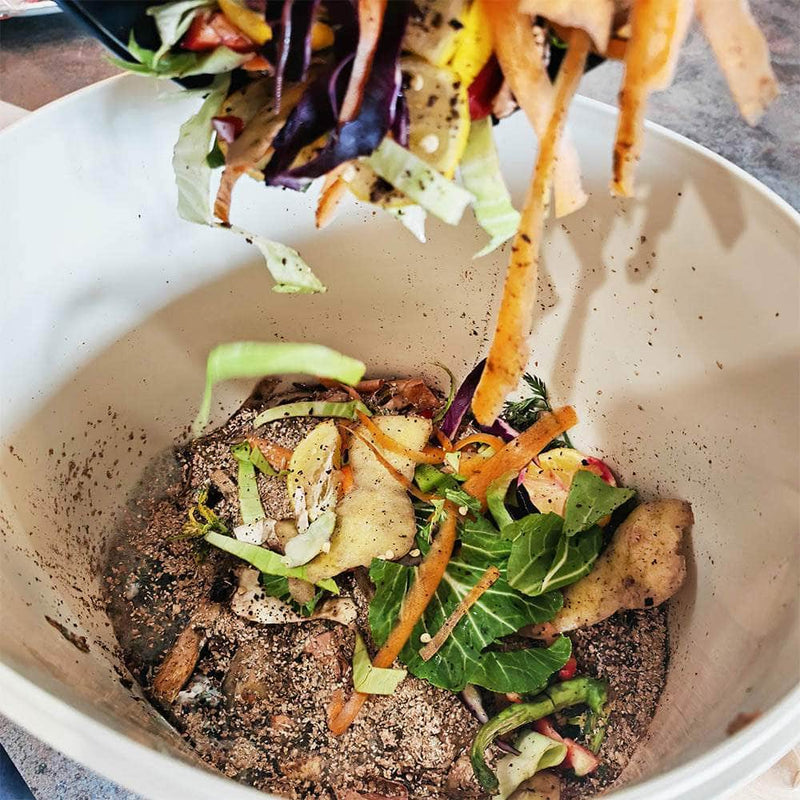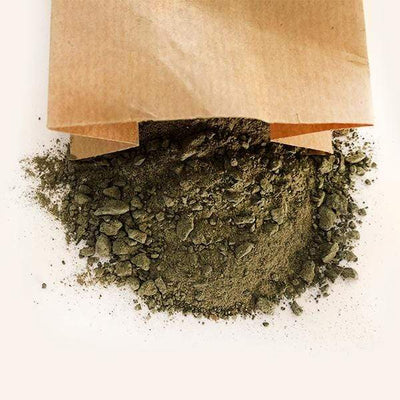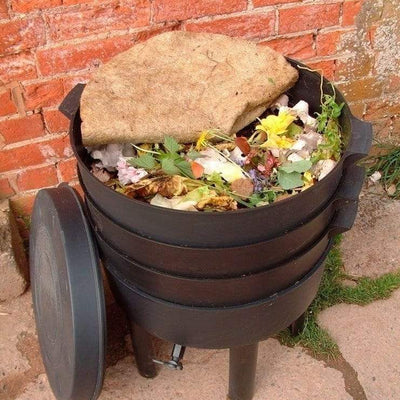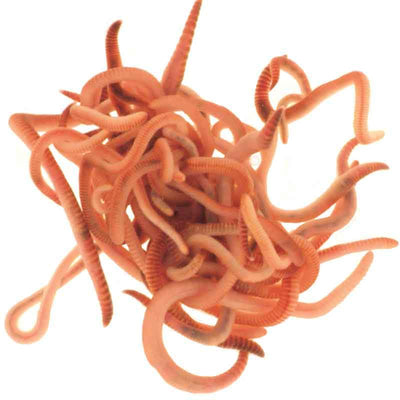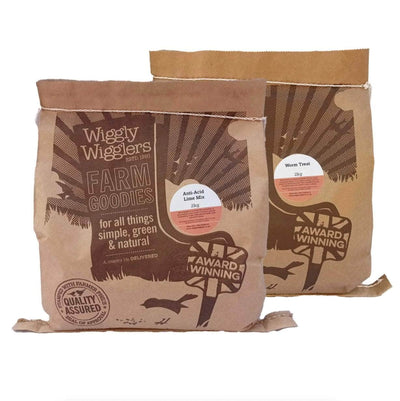If you've recently started using a Bokashi bin and opened the lid after two weeks, only to find that your food waste looks pretty much the same as when you put it in — don’t worry. This is completely normal and part of how the Bokashi composting process works.
In this blog, we’ll explain why your Bokashi waste may appear unchanged, what signs to look for to know the process is working, and a few key benefits of using Bokashi composting in your home or garden.
What is Bokashi Composting?
Bokashi composting is a type of anaerobic fermentation that breaks down food waste using Effective Microorganisms (EM). Unlike traditional composting, which relies on oxygen and heat, Bokashi works in an airtight environment and ferments waste instead of decomposing it immediately.
Why Does My Bokashi Waste Still Look the Same?
One of the most common concerns from beginners is that the food scraps in their Bokashi bin look nearly identical to when they went in. Here’s why:
1. Fermentation, Not Decomposition
Bokashi doesn’t rot or break down food like aerobic composting does. Instead, it ferments it. That means the texture and appearance of your food waste — banana peels, bread crusts, vegetable offcuts — may look very similar even after 2–3 weeks.
2. It’s Working Beneath the Surface
While it may look unchanged, the waste has actually undergone a chemical transformation. The microorganisms in the Bokashi bran are working to pre-digest the food. This makes it easier and quicker for soil organisms to break it down once it’s buried in the garden or added to compost.
3. White Mould is a Good Sign
If you see white mould or fuzz on the waste, that’s a positive sign! It means the fermentation process is going well. Avoid green, blue, or black moulds — those indicate unwanted bacteria or oxygen has entered the bin.
What Happens After the Bokashi Stage?

Once the waste has fermented for 2 weeks, you can:
-
Bury it in soil (trench composting), where it breaks down fully in 2–4 weeks.
-
Add it to a compost heap to speed up decomposition.
-
Use a soil factory (a contained soil system) to turn it into rich compost.
In all cases, the fermented waste transforms into nutrient-dense compost much faster than raw food scraps would.
Benefits of Bokashi Composting

✔️ Handles All Food Waste
Unlike traditional composting, Bokashi bins can process meat, dairy, and cooked food — making it ideal for urban households and small flats.
✔️ No Bad Smells
Because it’s an anaerobic process, when done correctly, Bokashi emits a slightly sweet, pickled smell, not the rotting odour many associate with composting.
✔️ Produces Bokashi Tea
This nutrient-rich liquid, drained from the bin every few days, can be used (diluted) as a natural fertiliser for plants or to clean drains.
✔️ Space-Saving
Bokashi bins are compact and can easily sit under a kitchen sink, making them perfect for those with limited space.
Final Thoughts
If your Bokashi waste looks the same, don’t panic — that’s exactly what should happen. The real magic begins once it’s added to soil, where it will quickly break down and nourish your garden.
Embrace the process, and you’ll soon see the rewards in healthier soil, less landfill waste, and a more sustainable lifestyle.

